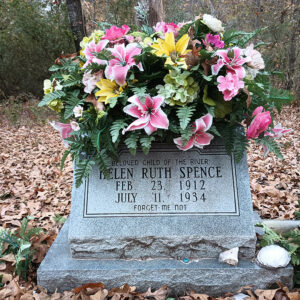 Helen Spence Gravesite
Helen Spence Gravesite
Entry Category: Law - Starting with S
 Helen Spence Gravesite
Helen Spence Gravesite
Springer, Andrew (Lynching of)
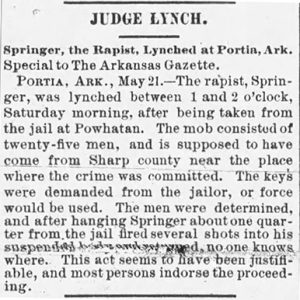 Springer Lynching Article
Springer Lynching Article
St. Charles Lynching of 1904
St. Francis County Reported Lynching of 1910
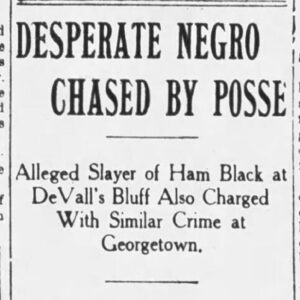 St. Francis County Reported Lynching of 1910 Article
St. Francis County Reported Lynching of 1910 Article
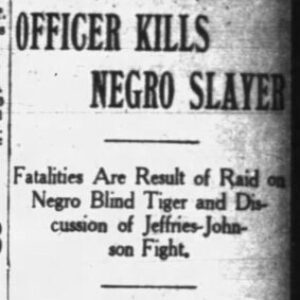 St. Francis County Reported Lynching of 1910 Article
St. Francis County Reported Lynching of 1910 Article
Staner, Tom (Trial and Execution of)
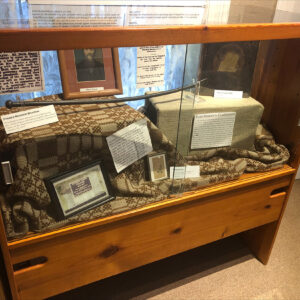 Tom Staner Exhibit
Tom Staner Exhibit
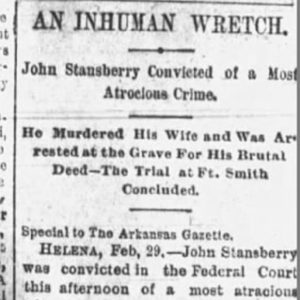 Stansberry Execution Story
Stansberry Execution Story
Stansberry, John (Execution of)
Starr, Belle
aka: Myra Maybelle Shirley
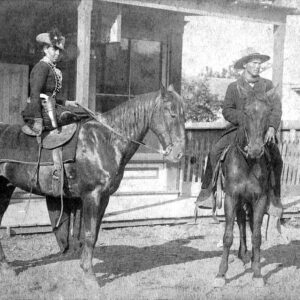 Belle Starr
Belle Starr
 Belle Starr Arrest Warrant
Belle Starr Arrest Warrant
 Henry Starr
Henry Starr
State of Arkansas v. Artoria Smith
aka: Arkansas v. Smith (2015)
State of Arkansas v. Tee Davis
State v. Buzzard
 Amanda Stephens's Home
Amanda Stephens's Home
 Amanda Stephens
Amanda Stephens
Stephenson, M. L.
Stewart, Charles (Lynching of)
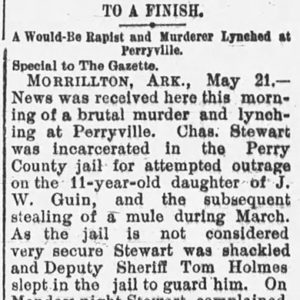 Charles Stewart Lynching Article
Charles Stewart Lynching Article
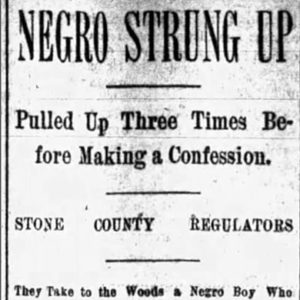 Stone County Lynching Article
Stone County Lynching Article
Streetcar Segregation Act of 1903
 Strickland Execution Story
Strickland Execution Story
Strickland, Jacob (Execution of)
Stroud, John Fred, Jr.
Stuttgart Lynching of 1916
Sullivan, Walter (Lynching of)
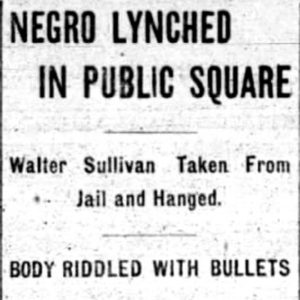 Sullivan Lynching Article
Sullivan Lynching Article
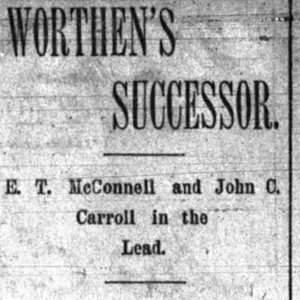 Sunnyside Plantation Convict Labor Article
Sunnyside Plantation Convict Labor Article
 Supreme Court Building
Supreme Court Building
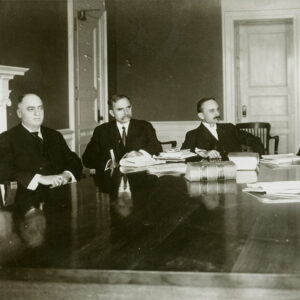 Supreme Court Members
Supreme Court Members
Supreme Court of Arkansas
aka: Arkansas Supreme Court
Swamp Land Act of 1850
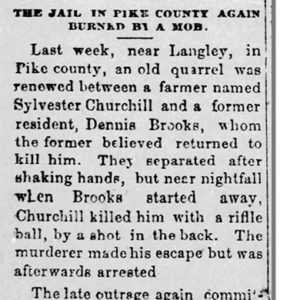 Sylvester Churchill Lynching Article
Sylvester Churchill Lynching Article




